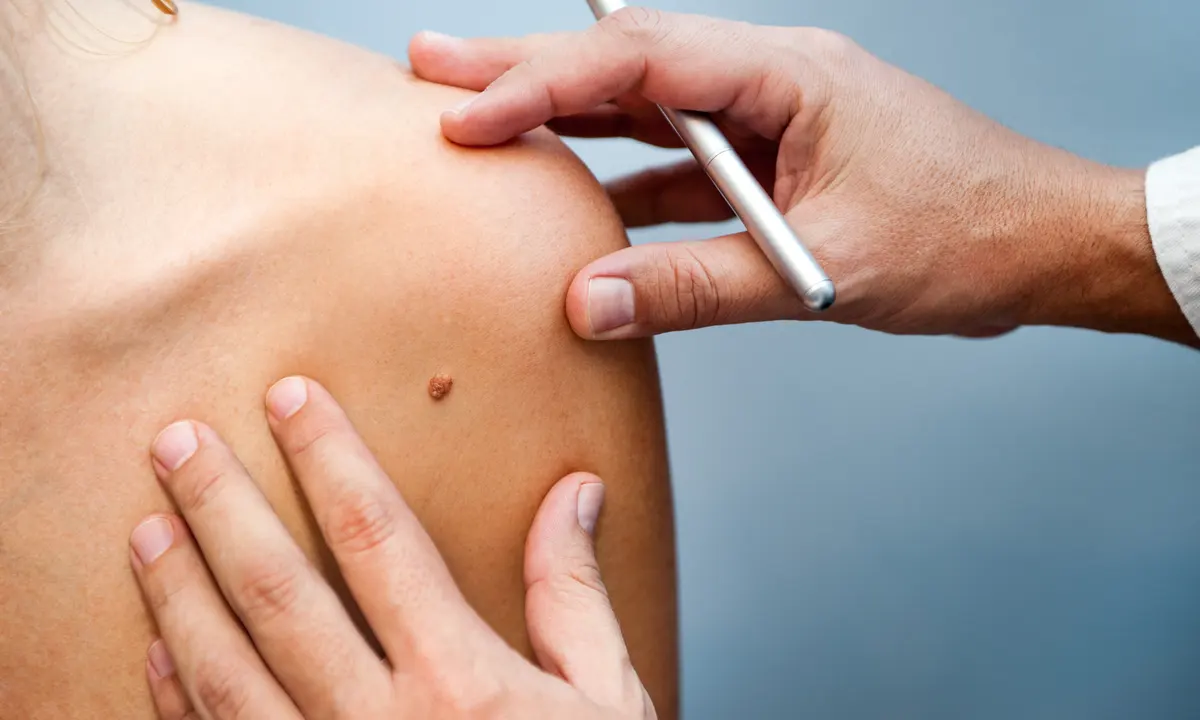In an era of global travel, crowded urban centers, and frequent mass gatherings, skin infections have a latent potential to escalate into widespread outbreaks. As we observe World Skin Health Day 2025, it is crucial to raise awareness about five major skin diseases that possess pandemic potential, especially when early warning signs are overlooked and public health infrastructure is unprepared.
1. Impetigo: A Highly Contagious Bacterial Infection
Impetigo is driven by Streptococcus or Staphylococcus bacteria and mostly affects children, presenting as itchy, fluid‑filled blisters or honey‑coloured crusts around the mouth and nose. It spreads rapidly through close contact among school‑going children or in households. Unchecked outbreaks can ripple through communities, particularly in regions with limited hygiene facilities. Although treatable with topical or oral antibiotics, antibiotic resistance and poor access to care can magnify its impact. If schools, daycare centers, or crowded shelters fail to implement early detection, hygiene education, and isolation, localized clusters could potentially spread across cities, especially where the pathogen circulates unmonitored.
2. Scabies: The Itchy Menace That Spreads Fast
Scabies, a skin infestation caused by microscopic mites, leads to intense itching and small red bumps. It is highly transmissible through physical contact and shared bedding or clothing. Common in overcrowded settings such as refugee camps, dormitories, or care homes, scabies outbreaks can quickly affect hundreds if not addressed. Although Permethrin cream and ivermectin offer effective treatment, reinfestation is common when all close contacts are not treated simultaneously. Inadequate healthcare access or limited public awareness about scabies can transform a household nuisance into a community epidemic.
3. Fungal Skin Infections: Athlete’s Foot and Ringworm
Superficial fungal infections—like tinea pedis (athlete’s foot), tinea corporis, and ringworm—thrive in warm, humid conditions, which are becoming more widespread with climate change. They spread by sharing towels, socks, or sports equipment in gyms, pools, and locker rooms. While usually non‑life‑threatening, heavy fungal loads and inappropriate over‑the‑counter treatments can lead to persistent or widespread infection. In susceptible populations, these infections can spread extensively if communal hygiene standards are poor, and if antifungal stewardship is neglected.
4. Methicillin‑Resistant Staphylococcus aureus (MRSA) Skin Infections
MRSA manifests as painful, swollen, pus‑filled lesions that mimic spider bites. This drug‑resistant bacterium flourishes in communal living spaces such as schools, barracks, correctional facilities, and gyms. MRSA can cause severe complications, including bloodstream infections or pneumonia, particularly in vulnerable groups. It spreads through skin contact or shared equipment. With global migration and travel, MRSA strains can quickly cross borders. Without strict hygiene protocols, timely wound care, and antibiotic stewardship, MRSA outbreaks may burgeon into a public health emergency with limited treatment options.
5. Hand, Foot and Mouth Disease (HFMD): Viral Outbreaks Among Children
HFMD, commonly caused by Coxsackie A or enterovirus 71, affects mostly children under five. It spreads rapidly in daycare centers, preschools, and schools via direct contact with respiratory droplets, blisters, or contaminated surfaces. The disease appears with fever, mouth sores, and a rash on hands, feet, or buttocks. While typically mild, rare complications like encephalitis may arise, especially with newer viral strains. If early containment measures—such as enhanced hygiene, caregiver education, and temporary closures—are not enforced, HFMD can sweep through regions, placing considerable strain on pediatric healthcare systems.
Why They Can Become Pandemic Threats
Several factors combine to elevate these skin diseases from localized outbreaks to potential pandemics. First, global transport networks enable pathogens to cross continents within hours. Second, urban crowding and communal living elevate contact rates and transmission risk. Third, climate change may extend the seasons and habitats suitable for fungal or vector‑borne skin pathogens. Fourth, healthcare access disparities and antibiotic or antifungal misuse can reduce treatment effectiveness and promote resistant strains. Finally, low awareness and stigma often delay diagnosis and prompt isolation.
Prevention and Containment Strategies
- Early Detection and Reporting – Schools, childcare centers, gyms, and healthcare providers need protocols to identify and report unusual skin outbreaks or clusters promptly.
- Public Education Campaigns – Awareness about proper hygiene—handwashing, not sharing personal items, prompt cleaning of shared gear, and wound care—can break transmission chains.
- Mass Treatment Protocols – In outbreak settings, treating all close contacts prevents reinfection and caps transmission.
- Antimicrobial Stewardship – Restricting unnecessary antibiotic or antifungal use preserves treatment efficacy and hinders resistance.
- Environmental Hygiene Measures – Regular disinfection of communal surfaces, laundry routines in shelters, and improved ventilation in institutions help suppress pathogens.
- Infrastructure Investment – Strengthening surveillance systems, ensuring low‑cost access to medical treatment, and expanding community health workers’ roles build outbreak resilience.
Global Preparedness: A Shared Responsibility
World Skin Health Day 2025 emphasizes that skin diseases are more than cosmetic issues—they can strain healthcare systems, disrupt daily life, and potentially surge into nationwide outbreaks. Coordinated global action—through inclusive policies, robust monitoring, and grassroots hygiene promotion—will be key to keeping these illnesses under control.
The five highlighted skin diseases—impetigo, scabies, fungal infections, MRSA, and HFMD—may appear benign but have the potential for explosive spread in today’s interconnected world. Skin health must integrated into public health strategies just as vigorously as nonskin conditions. By combining early detection, hygiene education, treatment access, environmental sanitation, and antimicrobial oversight, we can prevent these skin illnesses from escalating and uphold community resilience.
On this World Skin Health Day, let our voices unite to ensure skin wellness—one of the body’s largest and most visible organs—remains pandemic-free.






